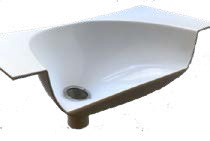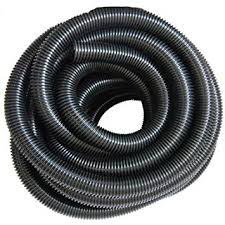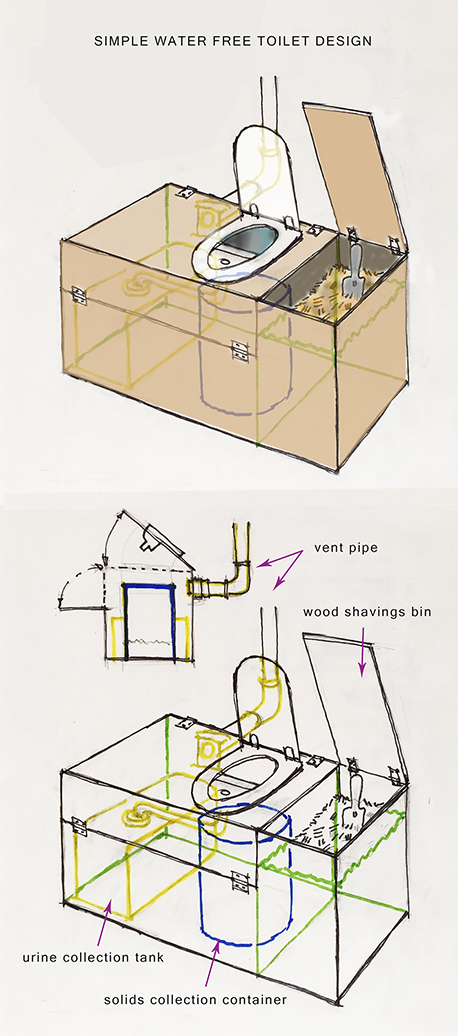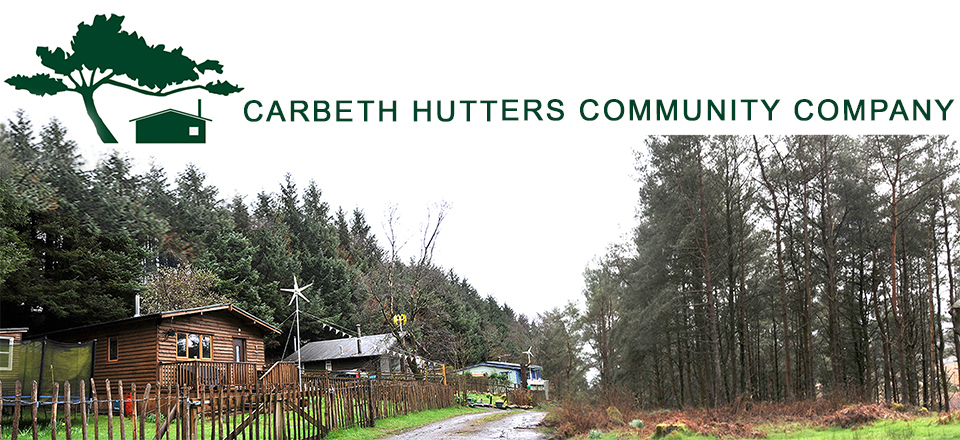Water Free Toilets
This subject covers a wide variety of designs and costs. You can spend £6000 on a high end designer water free loo or £60 on a diy toilet that does basically the same thing.
Fundamental to the process in diverting toilets is to separating solids from liquids. It is important to note that a urine diverting toilet does not break down solid waste into compost. Urine is piped to a container or a soakaway as it does not present an environmental threat in most circumstances. Neat urine, from most people, is relatively sterile.
There are many variations for this type of loo and they come in all sorts of materials and designs, however they all use the same principal.
The most basic designs consist of a separator, a liquid tank and solids bucket. The bucket can contain a variety of materials ranging from pet litter to wood shavings. The purists in eco loo technology preferring leaves, moss and other natural materials.
The technological scale increases with the use of venting fans to divert odours and sealing systems on the liquid side of things.
Most design considerations are concerned with ease of disposal. Loo height is important because it lends itself easy removal access usually from outside the toilet.
Composting toilets on the other hand do not separate urine from the solids. The moisture and nitrogen from the urine fuel the composting process. In a composting toilet bacteria break down the waste and in so doing, generate enough heat to kill pathogens that are in the faecal matter. The advantage of an internal composting toilet is that you never have to deal with raw waste which over the life time of the toilet can a major factor.
Composting toilets tend to be the larger in scale, needing more compartment space to process debris. They can be complex to build, some, dependant on the type, require worms and are for the more serious eco loo enthusiast. There are many design types to be found on the web and are perhaps not best suited for the small loo user in Carbeth in that they require substantial fuelling to function.
The emptying cycle is more frequent with a urine diverting toilet (every 2-4 weeks, an internal composting toilet, every 2-6 months). The solid material from a diverting toilet needs to be processed in a compost bin that is sealed at the base and has a lid to avoid flooding. So there is more follow up care required with the urine diverting toilet .
Below are two plans for water free toilets. The first, a stand alone system where urine is diverted to a soakaway and the second, consiting of a urine tank, bucket and storage container combined. There are many designs and variations available on the web.

Urine separator £33
Box self made.
40mm Corrugated Black PVC
Flexible Hose 5mtr £18
Plasterer bucket 30ltr £8
Compost Bin £39 

The secret of a smell-free compost toilet is separating the solids and the urine. The urine can be collected in a container and used for plants (recent scientific studies have shown urine is a safe and very effective fertilizer for cabbage, beets, cucumbers, and tomatoes, and pretty much anything else you want to grow) or diverted to the ground using a hose.
The solids are collected in the bucket. To avoid smell put two handfulls of sawdust on top, each time it’s used. When the bucket is full, empty its contents on a compost bin.
The compost would take up to two years until it’s safe to be used as fertiliser.

